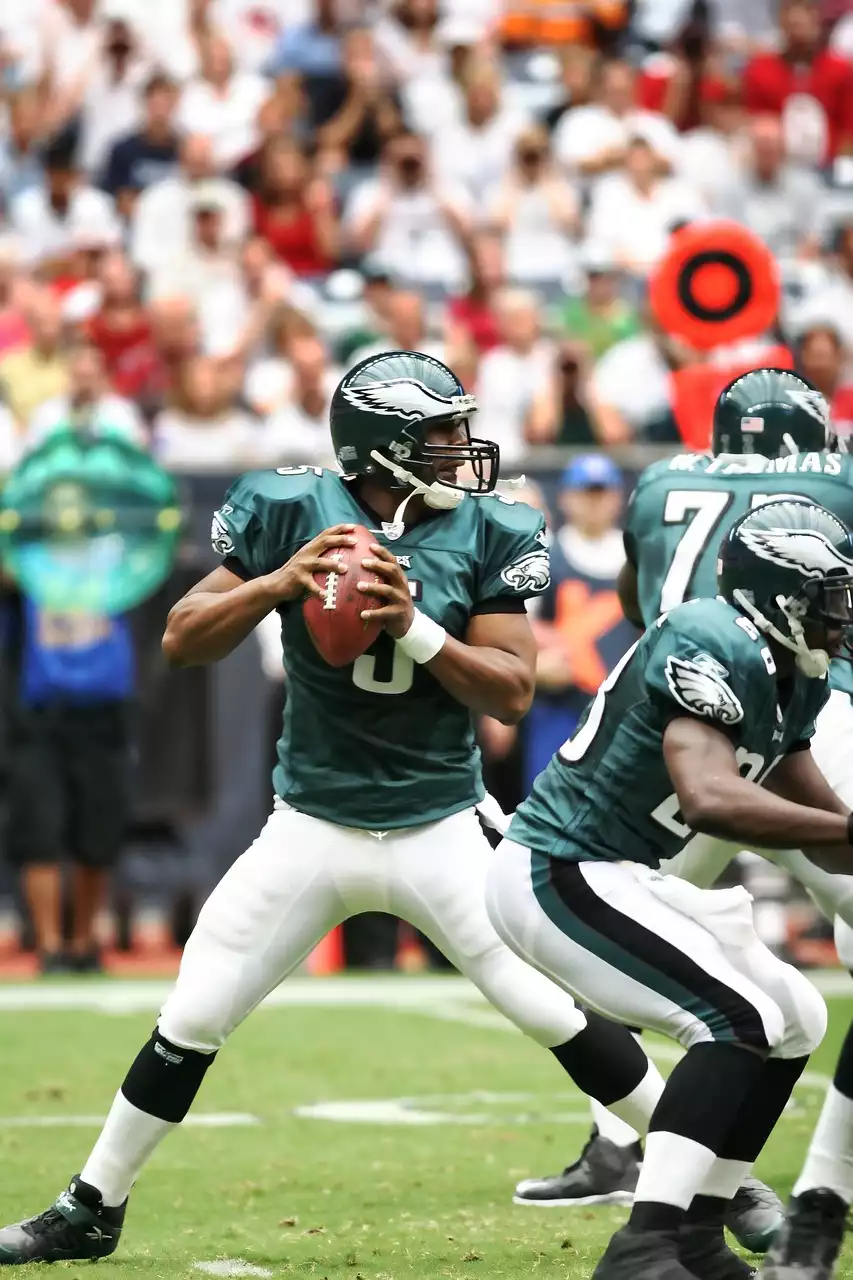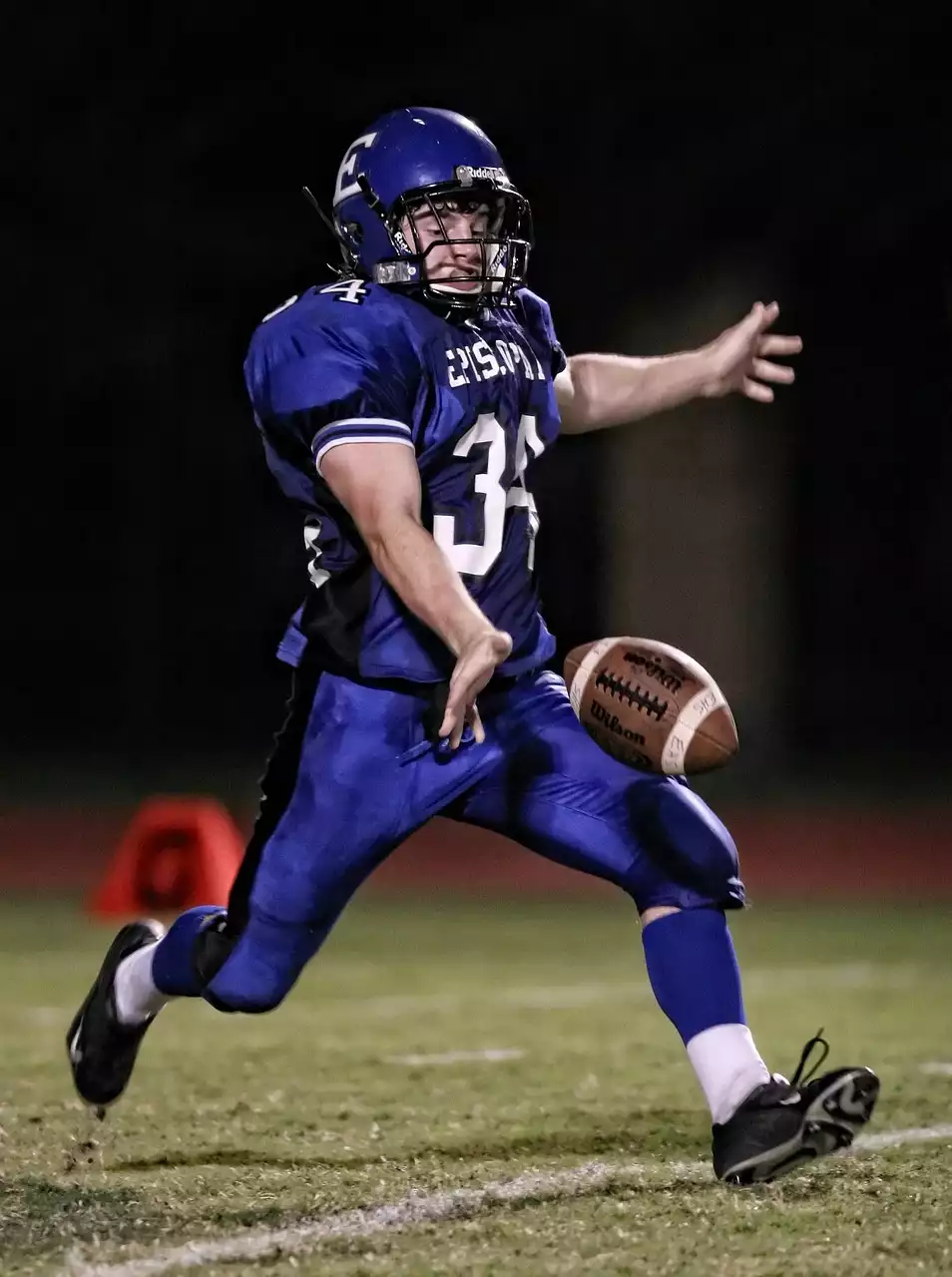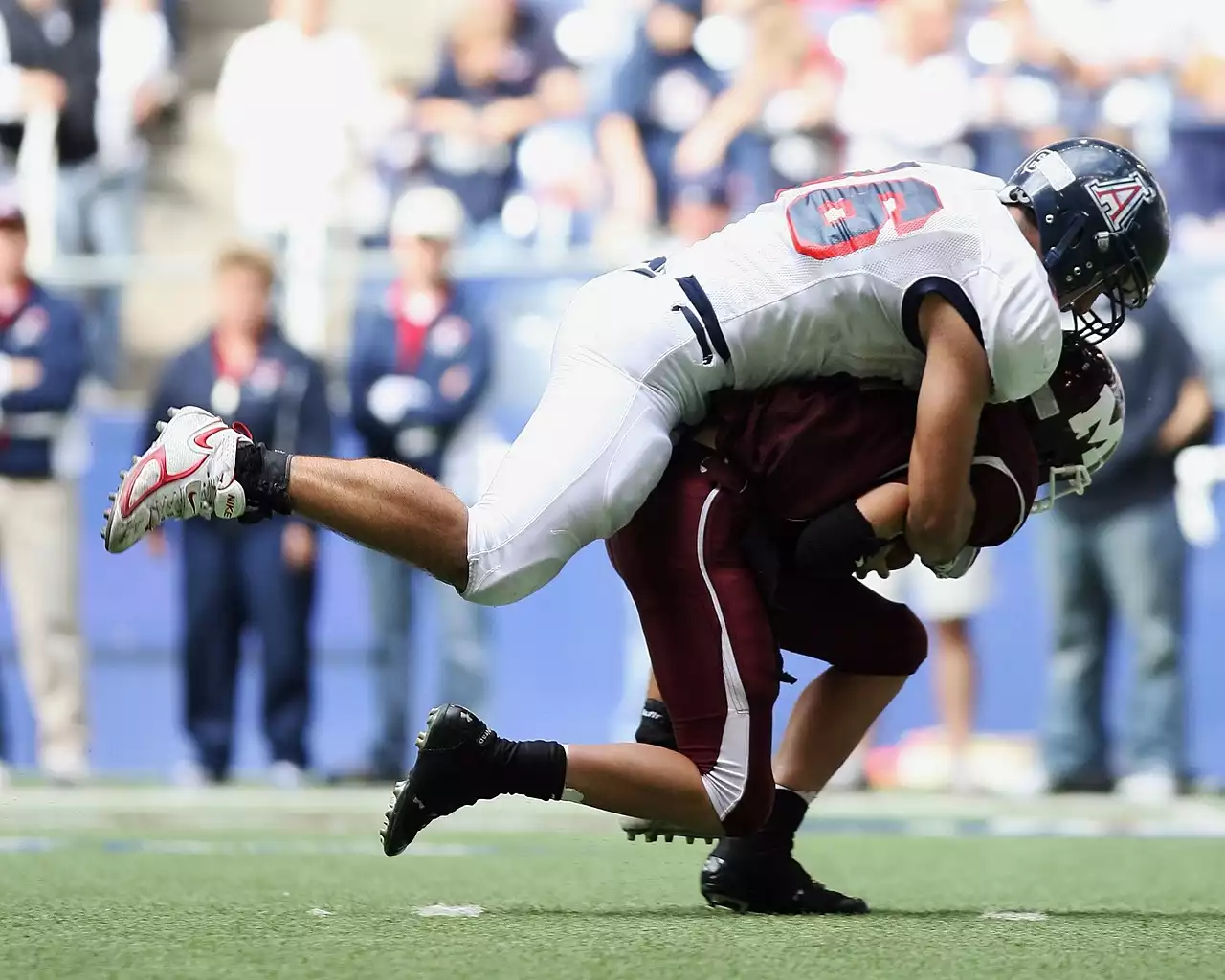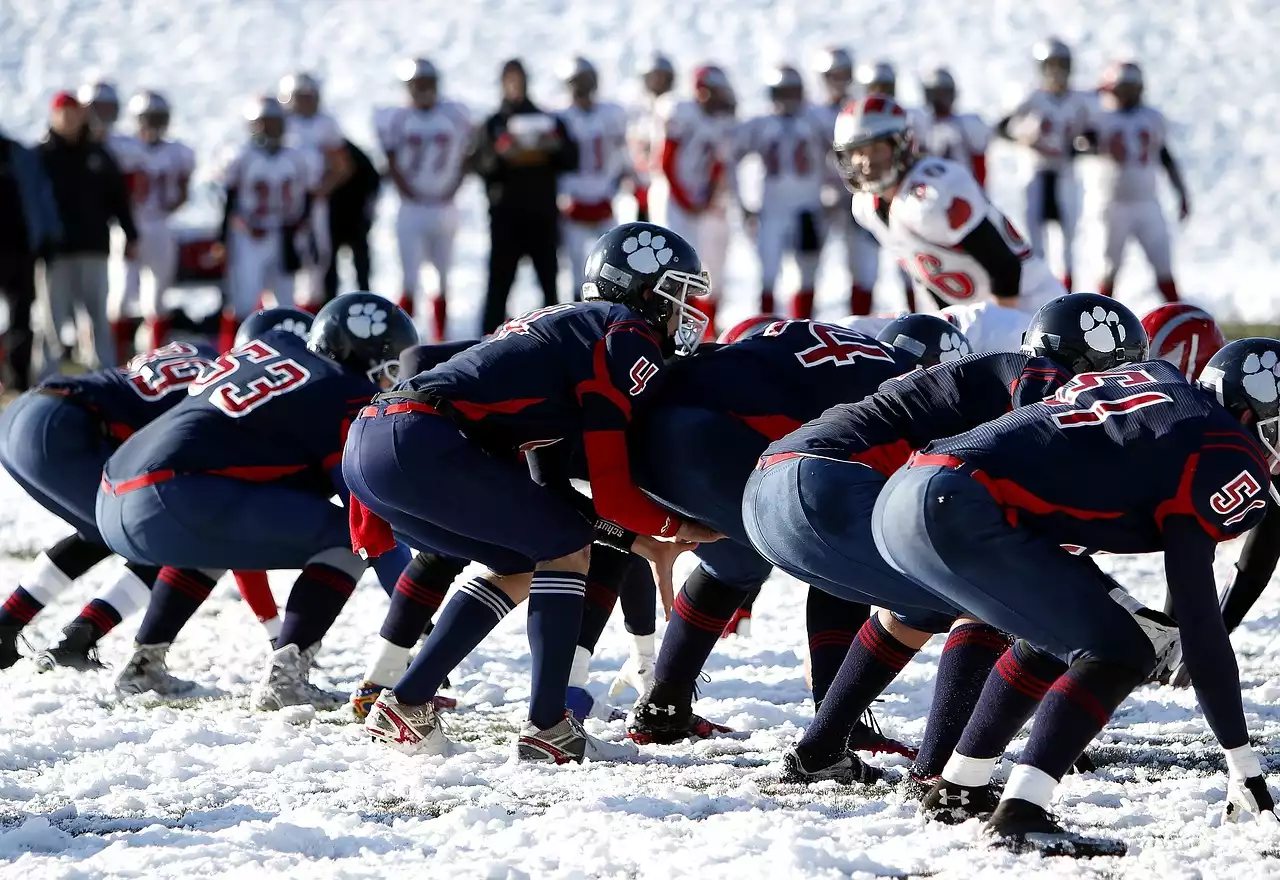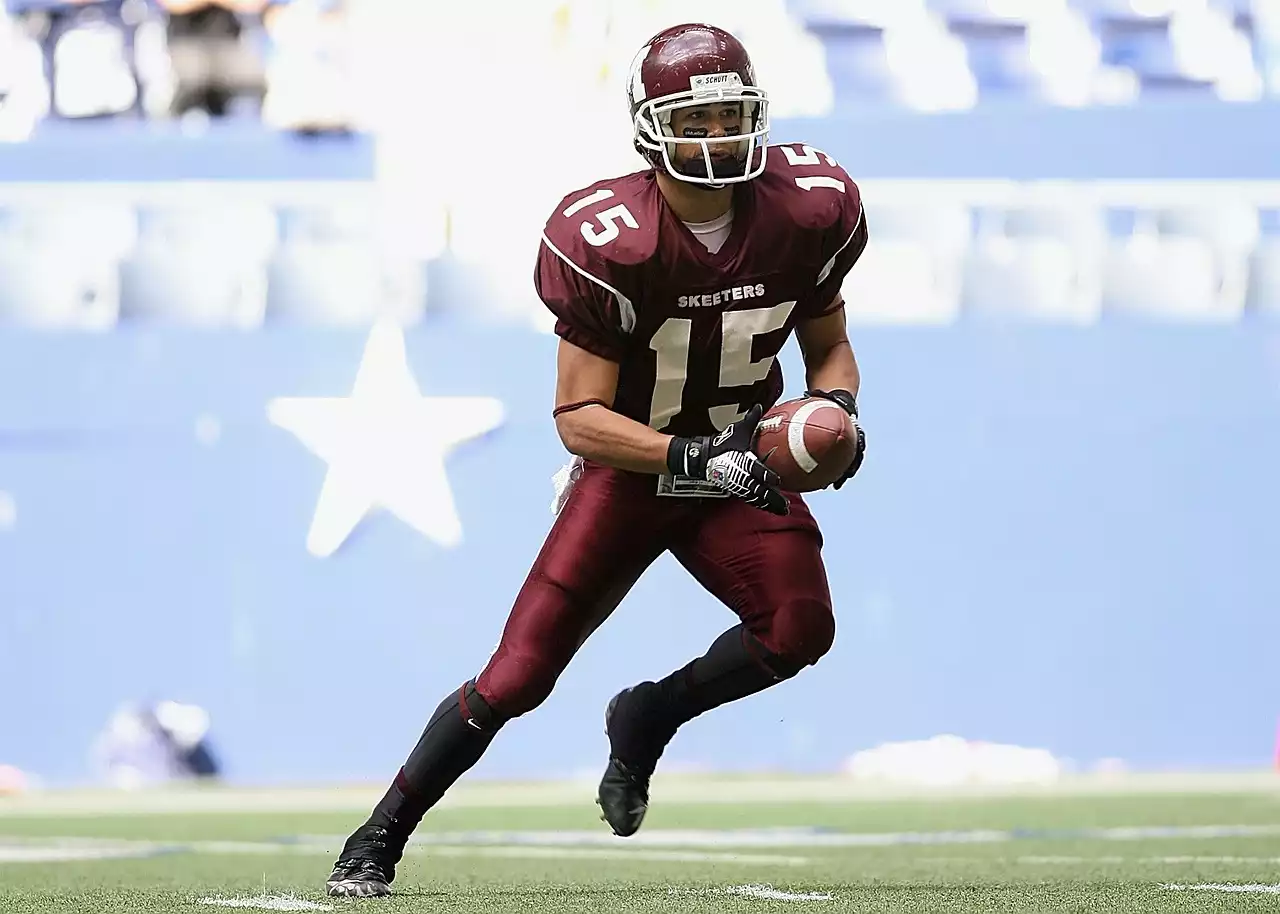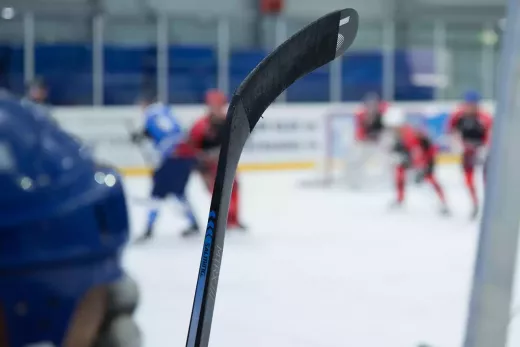Importance of route running in football
Route running is a fundamental skill in football, and it involves running predetermined routes on the field to create space and separation from the opposing players. The success of a passing play often hinges on the ability of the receiver to run a precise route, as it allows the quarterback to deliver the ball accurately and efficiently.
One of the key aspects of route running is the ability to change direction quickly and without losing speed. This requires balance, coordination, and agility, as well as a strong understanding of the play being run. In addition to physical skills, route running also requires mental preparation, as players must be able to read the defense and adjust their routes accordingly.
Overall, route running is a vital skill for any football player looking to excel in the passing game. By mastering the art of route running, players can create opportunities for themselves and their teammates, making them a valuable asset to any team.
Key techniques for successful route running
To be successful at route running, there are several key techniques that players must master. The first is footwork, which involves taking quick, precise steps to change direction and create separation from the defender. Players should practice their footwork regularly, focusing on maintaining balance and staying low to the ground.
Another important technique is body positioning, which involves using the body to shield the ball from the defender and create space. This can be achieved through proper route running, as well as by using fakes and other deceptive moves to throw off the defense.
Finally, players should be aware of their surroundings at all times, including the position of the ball, the location of their teammates, and the movements of the opposing players. By staying aware and focused, players can adjust their routes on the fly and take advantage of any opportunities that arise.
Understanding the different types of pass coverage
Pass coverage is the defensive counterpart to route running, and it involves the ability to effectively defend against passes thrown by the opposing team. There are several different types of pass coverage, including man-to-man coverage, zone coverage, and hybrid coverage.
Man-to-man coverage involves assigning a defender to cover a specific receiver, with the goal of preventing them from getting open and catching the ball. This requires quick reflexes, good footwork, and strong communication between the defenders.
Zone coverage, on the other hand, involves dividing the field into different zones and assigning defenders to cover a specific area. This allows defenders to focus on the ball and react quickly to any passes that come their way.
Finally, hybrid coverage involves a combination of man-to-man and zone coverage, with defenders switching between different types of coverage depending on the situation. This requires a high level of communication and coordination between the defenders, as well as a deep understanding of the opposing team's offensive plays.
Key techniques for successful pass coverage
Regardless of the type of pass coverage being used, there are several key techniques that defenders must master in order to be successful. The first is footwork, which is essential for maintaining proper positioning and reacting quickly to the movements of the opposing players.
Another important technique is reading the quarterback's eyes, which involves watching the quarterback's movements and anticipating where the ball will be thrown. This requires a deep understanding of the game and the ability to quickly process information in a high-pressure situation.
Finally, pass coverage requires good communication and coordination between the defenders, as well as an understanding of each player's strengths and weaknesses. By working together and supporting each other, defenders can effectively shut down the opposing team's passing game and give their own team the best chance of success.
The importance of film study in route running and pass coverage
One of the most important tools for mastering both route running and pass coverage is film study. By watching game footage and analyzing the movements of both the offense and defense, players can gain a deeper understanding of the game and identify areas for improvement.
For route runners, film study can help identify weaknesses in footwork, body positioning, and route adjustments. By watching their own performances and those of other players, they can gain a better understanding of what works and what doesn't, and adjust their techniques accordingly.
Similarly, for defenders, film study can help identify weaknesses in footwork, positioning, and communication. By studying the opposing team's offensive plays and identifying patterns and tendencies, defenders can anticipate where the ball will be thrown and react more quickly to passes.
Overall, film study is an essential component of route running and pass coverage, and players who take the time to study the game and analyze their performances are more likely to succeed on the field.
Drills to improve route running and pass coverage
To improve their route running and pass coverage skills, players can use a variety of drills and exercises designed to build strength, speed, and agility. For route runners, drills may include cone drills, ladder drills, and acceleration drills, all of which focus on building footwork and coordination.
For defenders, drills may include tackling drills, interception drills, and footwork drills, all of which focus on building quick reflexes and strong positioning.
In addition to these specific drills, players can also benefit from general exercises such as weight training, cardio, and plyometrics, all of which can improve overall strength and endurance.
By incorporating these drills and exercises into their training regimen, players can develop the physical and mental skills needed to succeed in route running and pass coverage.
Common mistakes to avoid in route running and pass coverage
While there are many techniques and strategies for mastering route running and pass coverage, there are also several common mistakes that players should avoid. These include:
- Overcommitting to a route or coverage, which can leave the player vulnerable to fakes and other deceptive moves. - Failing to adjust to the movements of the opposing players or the ball, which can result in missed opportunities or incomplete passes. - Poor communication and coordination between players, which can lead to missed assignments and breakdowns in coverage. - Lack of mental preparation, which can result in missed opportunities and poor performance on the field.
By being aware of these common mistakes and taking steps to avoid them, players can improve their performance and become more effective on the field.
The impact of route running and pass coverage on the game
In conclusion, route running and pass coverage are two essential skills in the game of football, and mastering them requires a combination of physical and mental agility, as well as a deep understanding of the game. By developing strong footwork, body positioning, and communication skills, players can become more effective in both route running and pass coverage, and make a significant impact on the outcome of a game.
Whether you are a player looking to improve your skills or a fan looking to gain a deeper understanding of the sport, the art of route running and pass coverage is a fascinating and complex topic that requires both study and practice. So, keep these tips and strategies in mind, and get ready to take your game to the next level!
